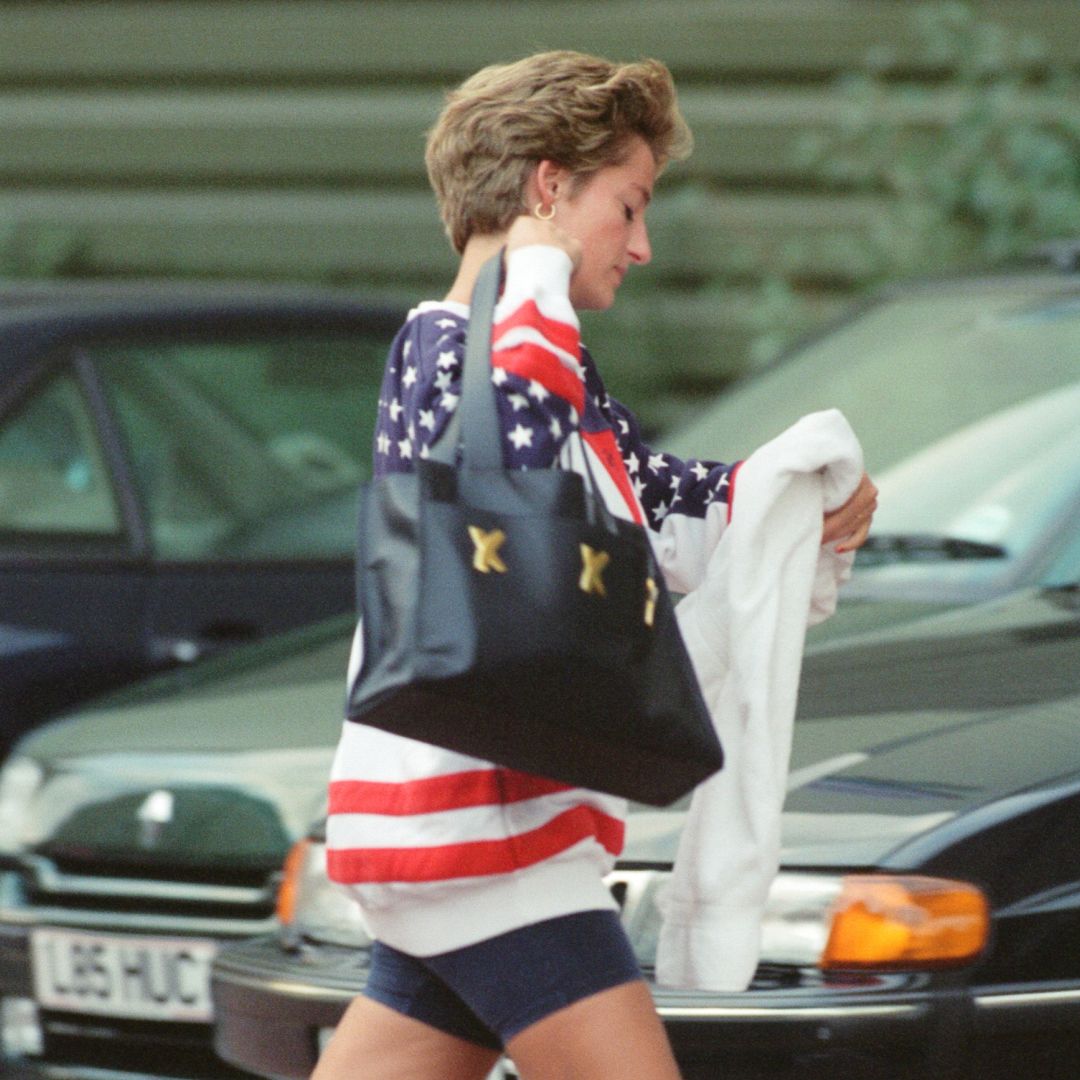
Although she was married to the future King and known as "England's rose," Princess Diana held a great fondness for the United States. Whether it was the oversized collegiate sweatshirts she wore on repeat to the gym or her favorite Philadelphia Eagles varsity jacket, the late royal often wore her love of American culture on her sleeve (quite literally). But her fascination extended to food, TV and even where she planned to live one day—and one royal author explains that Diana's American obsession rubbed some Brits the wrong way.
Princess Diana's had a particular penchant for McDonald's, with Dianaworld author Edward White noting that "her consumption of American fast food, especially McDonald's hamburgers" was a trait "that was repeatedly highlighted as a sign of her connection with ordinary people."
Former royal chef Darren McGrady has spoken about the late princess taking Prince Harry and Prince William to McDonald's for Happy Meals, and how she wanted her kids to have the same experiences as everyday kids. McDonald's comes up surprisingly often in stories about the late princess and her parenting, with White writing that the "myth of the People's McPrincess is enshrined in the popular imagination."

But it was more Diana's attitude and refusal to keep her feelings bottled up that made her feel more like an American, as former co-host of the Royally Obsessed podcast, Roberta Fiorito, said in one episode. "There's something very trailblazing about Diana that feels very American to us," she said. "You know, not having the stiff upper lip but showing emotion, forging her own path."
This new openness wasn't necessarily well received. Per White, "a good number of Britons were troubled by what they saw as the increasing layers of American identity that Diana wrapped around herself in the last years of her life." She was viewed as "losing touch with her sturdy English roots" in favor of "American therapy speak," as Julie Burchill once said.
Her interest in consulting psychics and alternative therapists especially irked the Venerable George Austin, Archdeacon of York, with White writing that the Archdeacon called it "the American disease."

In some ways, Diana was a product of the '80s and '90s, when American culture was creeping more and more into the U.K. Her love of American flag sweatshirts, a good Big Mac and an episode of The Golden Girls was hardly unusual for a woman in her twenties and thirties at the time. It was her unfiltered thoughts on life in the Royal Family that many viewed as oversharing and made her the subject of criticism.
But as White writes, "the threat of being possessed by American culture has haunted the British just as the promise of being transformed by it has thrilled them."
Ironically, the author notes that when Diana died, the "mass mourning" Britain displayed felt like "'McDonaldized emotions,' as one British academic termed it, to honor its McDonald's princess."







